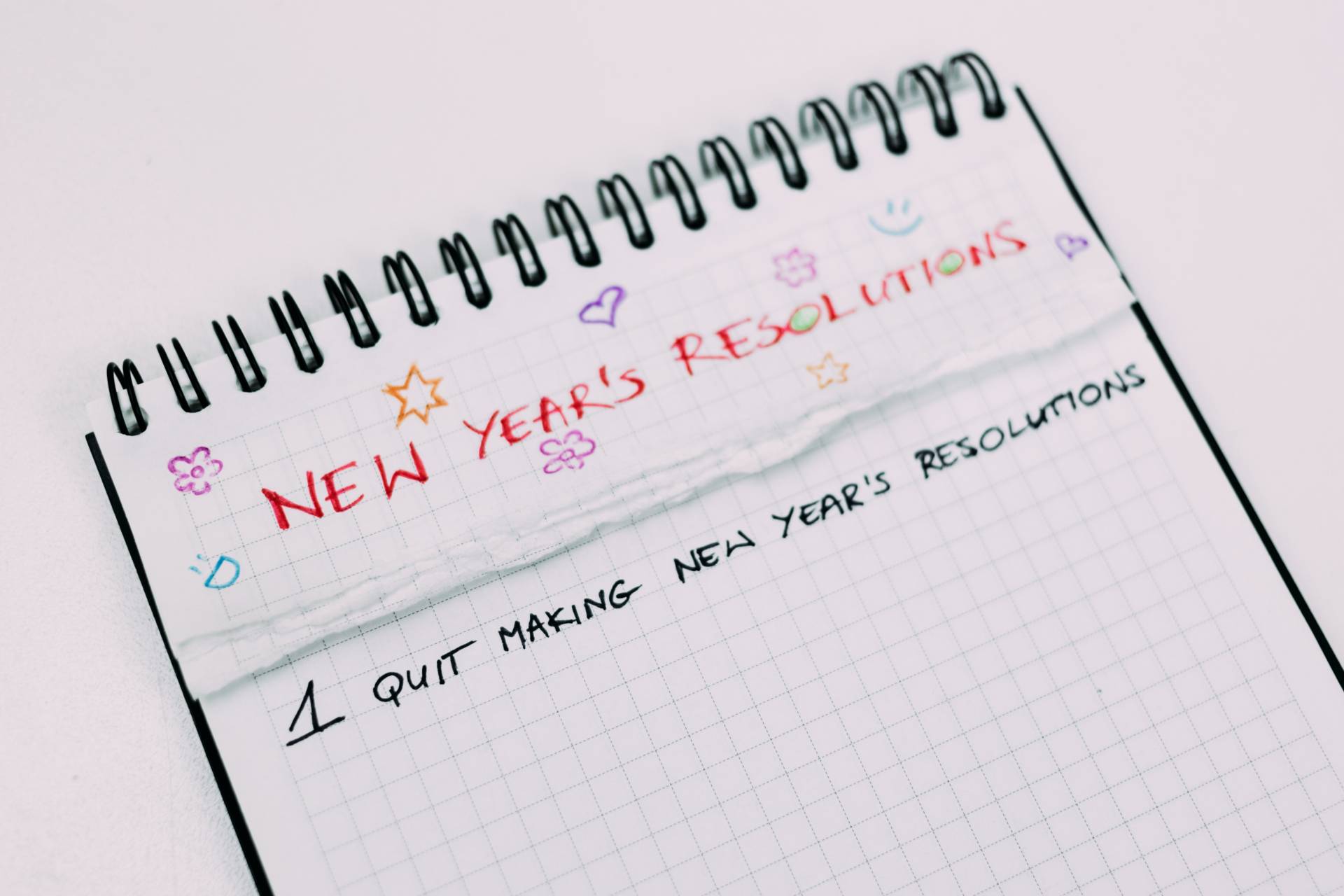

Whether you’ve been using the same calendar for years or trying out a new app, if you want to get the most out of it, you need to become an expert. When you become a pro over your Calendar, you’ll become more effective and efficient in life.
But doesn’t it take years of practice to become proficient tat something? Sure. If you want to learn how to become fluent in another language or play “Stairway to Heaven.” But, when it comes to your calendar, you can master it in around ten minutes if you do the following.
Customize your calendar.
The process may differ slightly. But, regardless of what calendar you’re using, it can be customized to meet your specific wants and needs. Usually, this is by going into your calendar’s settings and then:
- Creating different calendars for the various aspects of your life. For example, you could create a calendar for work and another for your family. If you do create multiple calendars, select one to be your default master calendar. Now when you have to add new events, they will be directly added to that calendar.
- Color-code your calendars so that you can quickly differentiate between them all. You could also use different fonts or boldface to help entries pop further.
- Determine your preferred calendar view. Most calendars allow you to choose between day, week, month, or schedule. Google Calendar, however, lets you create your own calendar view.
- Choose which day of the week you want your calendar to start with.
- Change your calendar’s default time. Usually, when creating a new event, the default time is an hour. But, if you don’t need that much time, reduce it back to the amount of time you really need. You can also adjust when and how to receive event reminders.
While those are the most obvious, you can also hide event details or specific calendars. Additionally, you can enable working hours and time zones. You could also create out-of-office messages when you’re on vacation.
Know thyself.
Before filling out your calendar, take a couple of minutes and consider:
- When you’re most productive.
- What your strengths and weaknesses are.
- Your daily routine.
- When do you prefer to take meetings?
- How will you maintain a work-life balance?
The reason you want to do this is that it will guide you in creating a more effective calendar. For instance, if you’re not a morning person, that you wouldn’t schedule your most important or challenging task at that time. If you want to be home before 6 P.M., then you wouldn’t add a meeting on your calendar at 5:30 P.M.
Book your priorities.
Want to know the secret to successfully managing your calendar? It’s scheduling your priorities.
That means instead of just adding calendar entries haphazardly, you are more strategic. If this seems overwhelming, it’s simply choosing the right things to work on at the right time. When you do this, you’ll block out specific timeframes for these activities. As a result, you’ll be more productive. It will also make managing your calendar easier going forward. And, it ensures that you’ll never neglect your priorities.
If you have a to-do-list, you can do this by using the simple 2×2 matrix named after US president Dwight Eisenhower. It will help you distinguish between what’s urgent and essential. From there, you’ll create four boxes that will let you know which items you need to do first and what should be scheduled. It will also let you know what should be delegated and what should be dropped.
Plan for downtime.
It’s not a sign of weakness to admit that you need to take five. After all, you’re only human and need breaks to recharge, attend to your wellbeing, and maintain a healthy work-life relationship.
Like you did with your priorities, block out downtime. I’m talking about breaks at work, dinner plans with friends, taking a class after work, or going on vacation. How much time you want to set aside it totally up to you. But, if you don’t plan for this, then it’s likely that work will keep invading your calendar.
Less is always more.
I think we’re all guilty of this. We plan to do way too much on a given day. Guess what happens, though? We rarely achieve our ambitious plans. In turn, this can make us feel like we’re not as productive as we indeed are. And, it means that whatever we didn’t get to gets pushed to tomorrow, creating an endless cycle of todo-lists.
Be more realistic about what you can accomplish in the time you have. When you do, your calendar will become more manageable because you’re not overcommitting yourself.
The Eisenhower Matrix can help. But, you could also employ similar techniques like the 4Ds. Just review your list to see what you need to do, delay, delegate, or drop. Anything that you can delegate or delete from your list shouldn’t be added to your calendar.
Auto-add important events.
Let’s say that you just purchased concert tickets using your Gmail address. If you’ve turned on the “Add events from Gmail” toggle, then this will be automatically added to your Google Calendar. You can also do this with Outlook and Apple calendars since they are in their own ecosystems. If you have an iPhone and receive a message with a date, time, and place, you’ll be asked if you want you to add it to your calendar.
Learn shortcuts.
Every online calendar has keyboard shortcuts so that you can quickly add and edit the tasks and events in your calendar. For instance, if you wanted to add a new event in your Google Calendar, you would type “c.”
But, why bother typing anything at all when you could just use your voice? Regardless if you use Siri, Google Assistant, Cortana, or Alexa, you can use these assistants to manage your calendar without having to actually open your calendar up.
Set gaps for transitions.
Whenever you add a new entry to your calendar, don’t schedule a task or event immediately afterward. Instead, add buffers.
For example, if you have a meeting that concludes at 2:30 P.M, then schedule your next appointment at 3 P.M. You can use that time to use the restroom, eat a snack, prep for the next event, or travel. It’s a simple way to avoid running late or catch a breather.
Know what to include and leave off your calendar.
How you decide to use your calendar is up to you. But, if you want to keep it lean and mean, I suggest that you know what to add to your calendar and what should be left off.
Downtime and date-specific appointments should always be placed on your calendar. You should also include tasks that you struggle with completing, networking, and learning opportunities. Monthly themes are another option since they can help you keep your eyes on the big picture.
As for what to ax? Definitely, do not put meetings without a purpose, checklists, excessive notes, and reminders for mundane tasks onto your calendar. And, remember when I went over priorities? While yours should be included, never fill your calendar with other people’s priorities.
Sync your calendar across the board.
Finally, sync your calendar with the tools that you frequently use, such as your CRM, marketing software, or Slack. If you haven’t done so yet, also find scheduling tools like Calendar. It works with Google, Outlook, and Apple calendars and makes scheduling events a breeze. And, because it harnesses the power of machine learning, it can make smart suggestions on how you should schedule your time and meetings.
And, if you use Google Calendar for work, but Apple at home, then make sure that you export them to one another. It’s a simple way to prevent scheduling conflicts like double-bookings or forgetting about important dates.











Max Palmer
I'm Max, and I love helping businesses we work with expand their businesses online. Growth potential is what we strive for! I help with press, productivity and overall business needs for business owners.